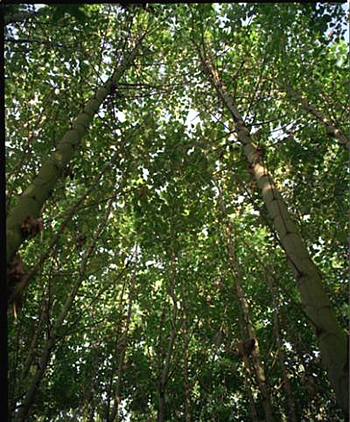Poplar trees like these may someday be made into "green gasoline".
Click on image for full size
U.S. Department of Energy Office of Science/Oak Ridge National Laboratory
Money Doesn't Grow on Trees, But Gasoline Might
News story originally written on April 7, 2008
What if the gasoline that came out of the pump wasn't made from fossil fuels that formed over millions of years? What if it was made from trees or grasses that could be grown again and again?
The idea of using plants as fuel isn't new. For thousands of years wood has been burned to warm houses and cook food. Now scientists are taking another look at how plants could be used to make “green gasoline.” Inventions like this one are helping us find ways to prevent the amount of greenhouse gases in the atmosphere from growing.
George Huber and two of his engineering students are getting closer to solving the puzzle. They have figured out how to transform plants into some of the ingredients of gasoline.
Cooking up the ingredients of gasoline in their lab at University of Massachusetts, George Huber and his students heated and then cooled parts of plants with materials that speed up chemical reactions.
One of the interesting things about this is that it does not take any extra energy to make the fuel. During the reaction that makes the gasoline ingredients, heat is released, which can be used to make electricity. So making this “green gasoline” may be carbon neutral.
Last modified May 7, 2008 by Lisa Gardiner.
You might also be interested in:

Kingdom Plantae has almost 300,000 different kinds of plants. Plants are found all over planet Earth. They can live in fields, in swamps, in oceans and in the desert. They can live where it is hot and
...more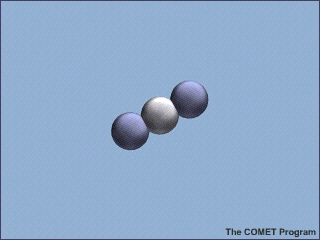
Only a tiny amount of the gases in Earth’s atmosphere are greenhouse gases. But they have a huge effect on climate. There are several different types of greenhouse gases, but they all have something in
...more
There are many different kinds of plants. Some have big leaves. Some have small leaves. Some even have flowers. All plants make their own food. When sunlight hits the leaves of a plant, photosynthesis
...more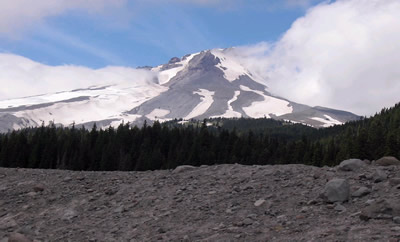
Scientists have learned that Mount Hood, Oregon's tallest mountain, has erupted in the past due to the mixing of two different types of magma. Adam Kent, a geologist at Oregon State University, says this
...more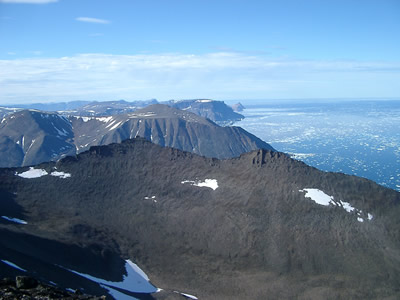
The Earth's mantle is a rocky, solid shell that is between the Earth's crust and the outer core. The mantle is made up of many different reservoirs that have different chemical compositions. Scientists
...more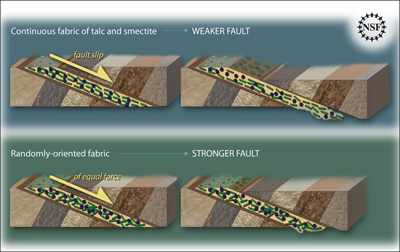
Some faults look strong and like they wouldn’t cause an earthquake. But it turns out that they can slip and slide like weak faults causing earthquakes. Scientists have been looking at one of these faults
...more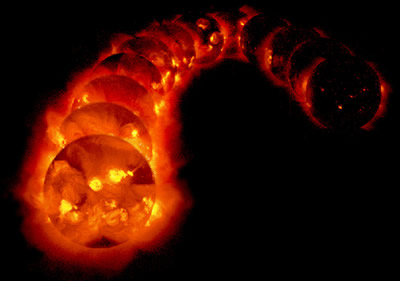
The sun goes through cycles that last approximately 11 years. These solar cycle include phases with more magnetic activity, sunspots, and solar flares. They also include phases with less activity. The
...more


